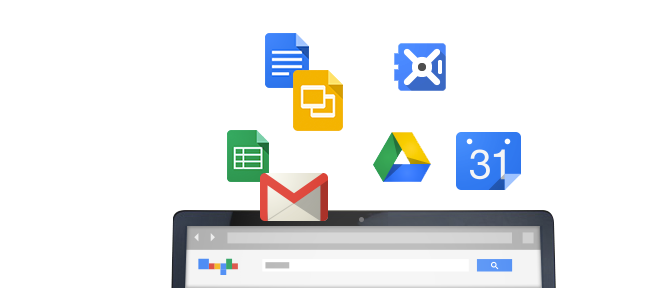How quickly can Exchange Server be replaced?
Recent events highlight the urgency to move beyond on-premises Exchange. This week hundreds of thousands of Exchange Servers were compromised with thousands more being hacked each hour.
How do you know if you’re hacked? Check out this post.
At least 30,000 organizations across the United States — including a significant number of small businesses, towns, cities and local governments — have over the past few days been hacked by an unusually aggressive Chinese cyber espionage unit that’s focused on stealing email from victim organizations, multiple sources tell KrebsOnSecurity. The espionage group is exploiting four newly-discovered flaws in Microsoft Exchange Server email software, and has seeded hundreds of thousands of victim organizations worldwide with tools that give the attackers total, remote control over affected systems. – KrebsOnSecurity
To add insult to injury, the vulnerabilities have been part of Exchange for more than a decade! And it took Microsoft two months to respond to the most critical vulnerability of this type many had ever seen.
You know it’s time to move beyond Exchange, how quickly can it be done?
Exchange can be replaced the same day if need be!
An organization’s email consists of two parts – email history, folders, calendar events, etc., and new, yet-to-be-delivered messages. Zero down-time is important to our clients so that’s always the goal. Done correctly, you should not have downtime during this transition. If the situation is urgent, the new system (Office 365 or Google Workspace) is deployed and configured immediately. A final message is sent internally (if Exchange is still up) to provide information about the transition and, most importantly, the Users’ new credentials. DNS records are reconfigured and boom, you’re not using Exchange anymore. This is not particularly elegant or easy on the users, but it can be done. Email history is migrated after new emails are rerouted to the new system. The Users will gradually see all their folders, emails, contacts, calendar events, etc. from Exchange. Not pretty, but technically possible in a real pinch.
How is it usually done?
While technically possible, making this change in a day or so isn’t a best practice. In the vast majority of cases, the timeline can range from days to weeks depending on the size of the organization.
- Review the Exchange environment to document information specific to Users, Delegation, Shared Mailboxes, Groups, etc.
- Evaluate the impact on devices like scanners and applications that send emails on your behalf like an accounting system – plan and document settings based on the new system
- Send communications to Users letting them know about the changes as well as important dates to keep in mind
- Migrate historical data into the new system – on day 1 everyone has their email folders, calendar events, contacts, etc.
- Final communications are sent to the team with login instructions
- DNS configuration changes are made to handle new mail
For larger organizations, a phased approach is often taken to give IT and then Early Adopters a chance to get to know the new system and find as many kinks as possible so they can be worked out.
How much does replacing Exchange cost?
It depends of course. But it’s not usually as much as people think – at least when we do it. We typically break it down on a per-User basis. If you have very few users, you might be looking at something around $100/user. If you have many users, you’d be closer to something around $25/user. If you’re the DIY type, we can also provide licensing for everything you need as well as guidance – often at little to no cost.
We’ve been replacing Exchange since 2008 and often forget how common this software package still is today. If you need help, let’s talk! This doesn’t have to be a painful process.



